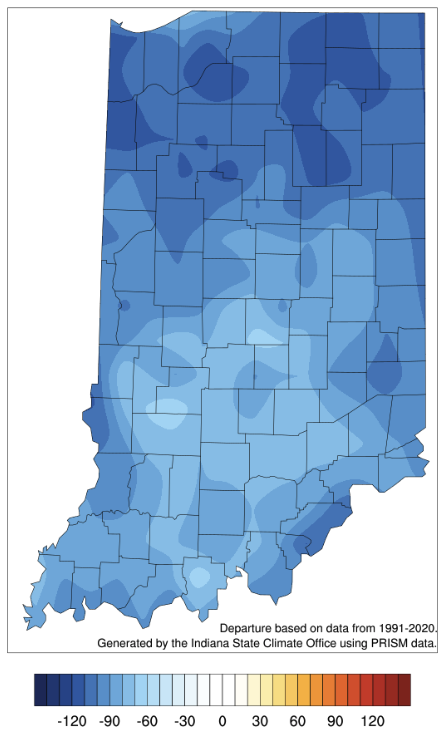
Last week was marked by cooler temperatures and lots of rain.

Last week was marked by cooler temperatures and lots of rain.
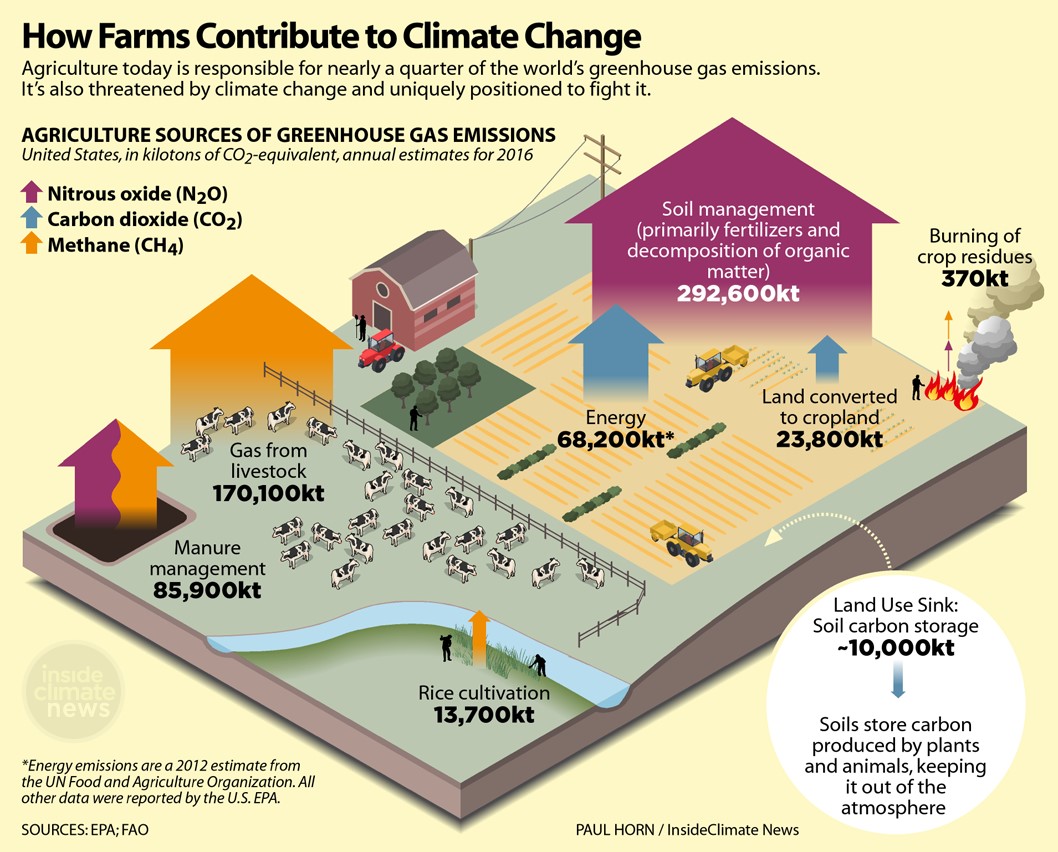
Farming For a Better Climate is all about finding ways to maintain or increase profits while slowing climate change.
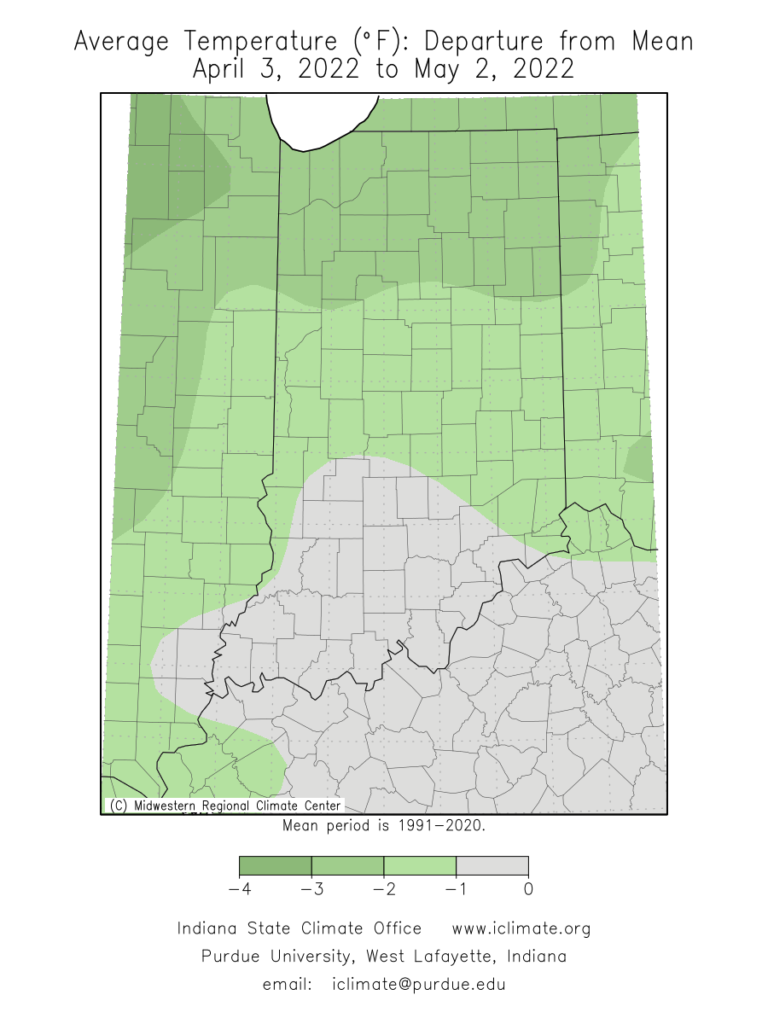
Over the last 30 days (April 3 – May 2), average temperatures ran below normal for most of the state (Figure 1).
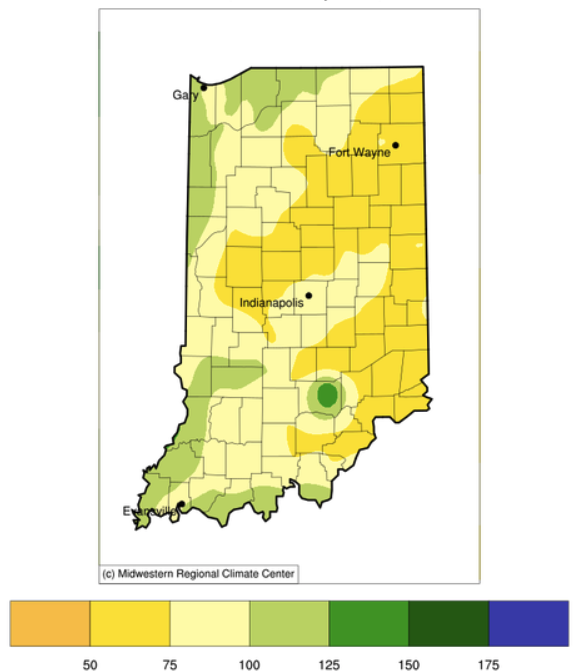
It seems to be a big challenge these days to find two or more consecutive days without precipitation.

The Indiana State Climate Office (IN-SCO) hosted a climate services summit in early June 2021.
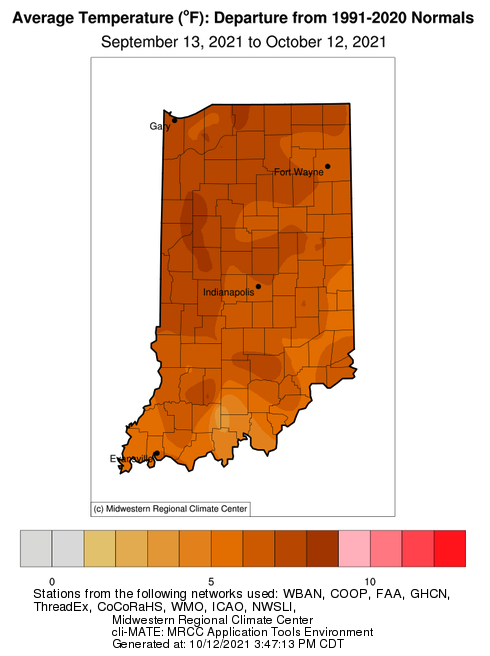
The last several weeks have certainly been warmer than normal.
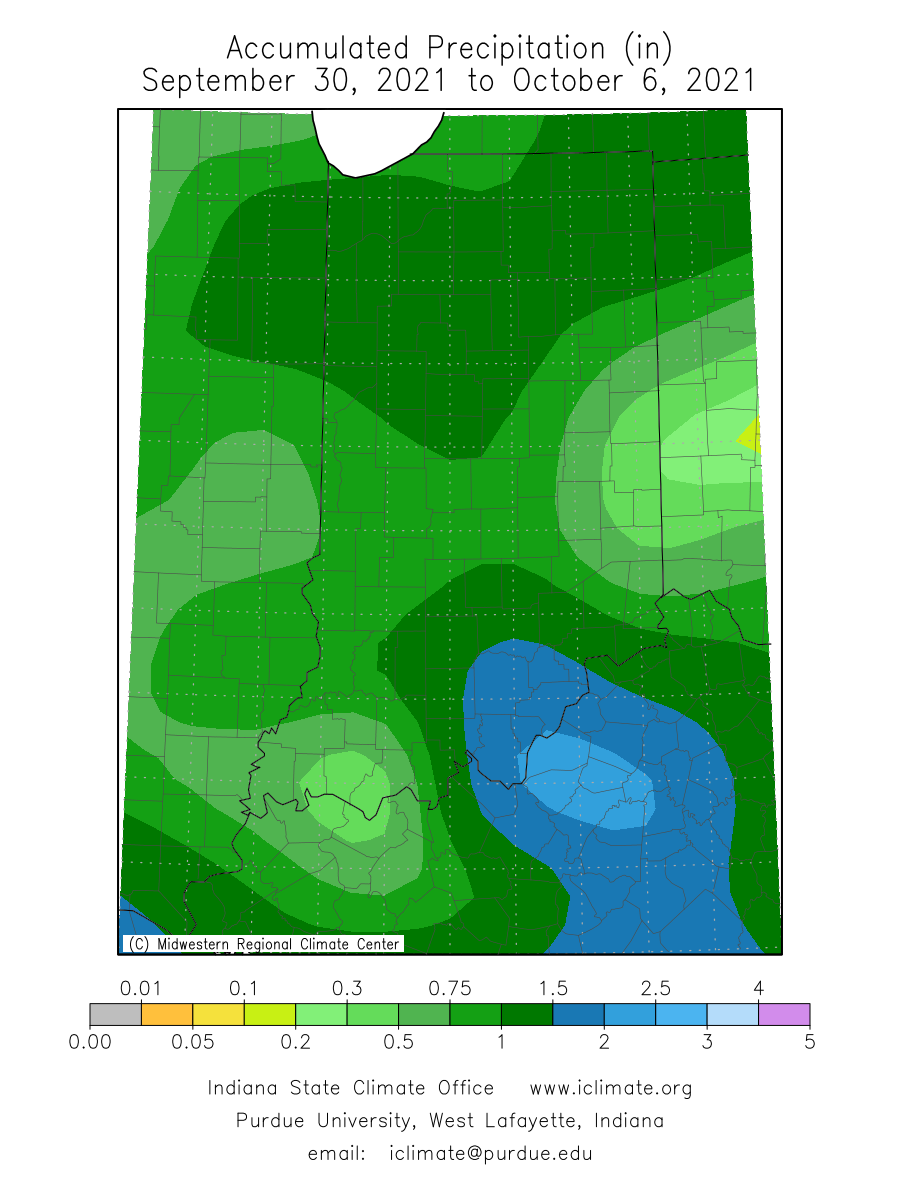
Weather
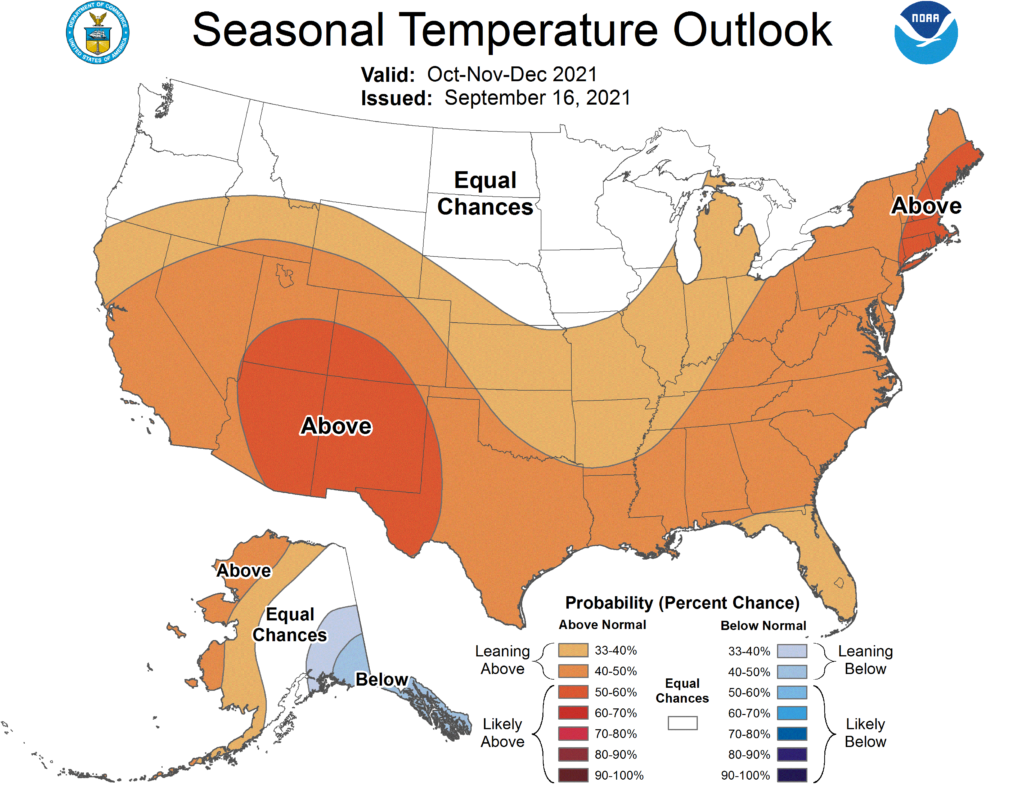
The most recent climate outlooks for the October through December period is slightly favoring above-normal temperatures (Figure 1) with equal chances for above-normal, below-normal, or normal precipitation across Indiana (Figure 2). The climate outlooks for October are more strongly favoring above-normal temperatures across the state with precipitation being only slightly favored for the northeastern part of the state.
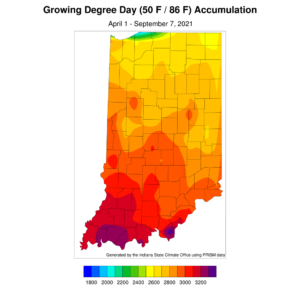
Enjoy these cooler, drier September days while you can. Climate outlooks from the national Climate Prediction Center are strongly favoring above-normal temperatures for the 6-to-10-day period of September 14th through 18th. Precipitation outlooks are slightly favoring above-normal conditions, but will then shift to drier-than-normal conditions. This should mean fewer muggy days with lower heat index values. The average September temperatures across Indiana – based upon the 1991-2020 period – range in the 60s with daytime highs between 75°F and 80°F. Therefore, even if the climate outlook holds true, above-normal temperatures in September should be more tolerable than in July or August. Modified growing degree-day (MGDD) accumulations since April 1 currently range from slightly above around 2500 units in northern Indiana to slightly over 3200 units in southern Indiana (Figure 1). This is around 80 to 140 units above normal in the northern part of the state and 50-100 units below[Read More…]
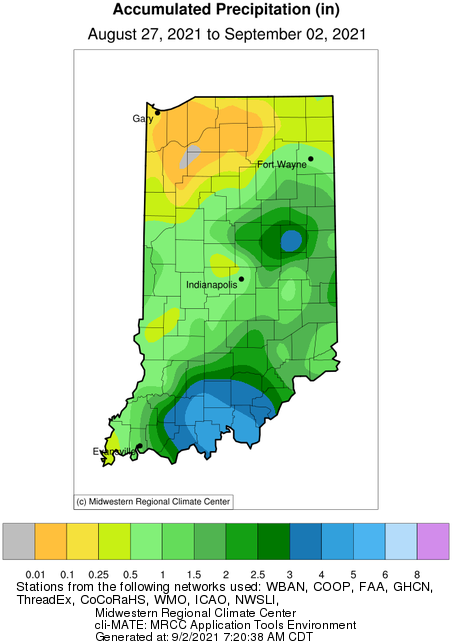
While Hurricane Ida and her remnants have wreaked havoc down south and in the mid-Atlantic states, she was relatively kind and generous when it came to Indiana. Some southern counties received between 4 and 5 inches from Ida (Figure 1).
© 2024 Purdue University | An equal access/equal opportunity university | Copyright Complaints | Maintained by Pest&Crop newsletter
If you have trouble accessing this page because of a disability, please contact Pest&Crop newsletter at luck@purdue.edu.